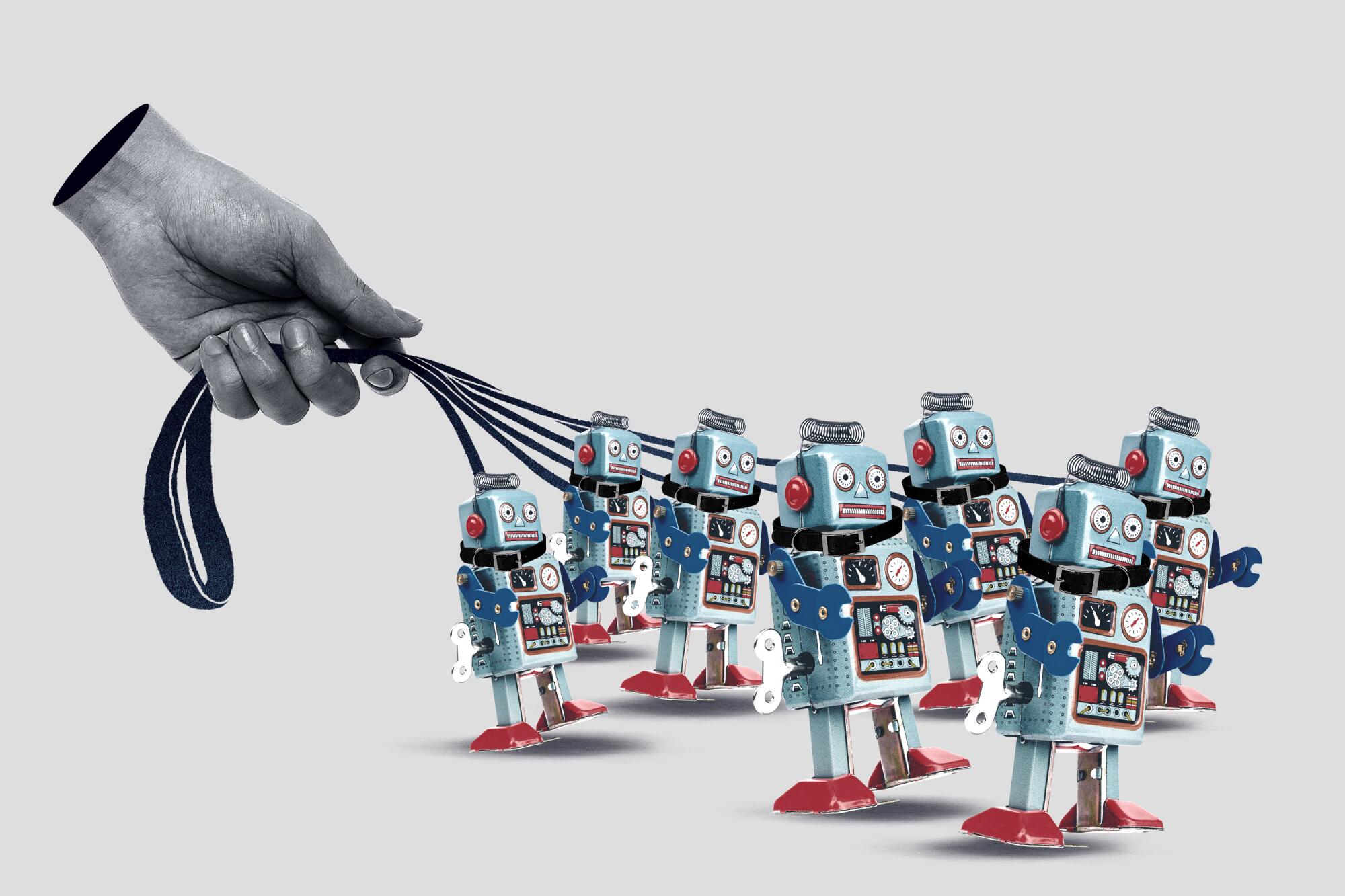Is AI Really Replacing Jobs in Silicon Valley? the rise of artificial intelligence (AI) has sparked intense debates, particularly around its effect on jobs. In Silicon Valley, the heart of technological innovation, many are asking, “Is AI really replacing jobs?” While some claim that AI workforce displacement in Silicon Valley is inevitable, others believe that the truth is more complex.

What is AI Workforce Displacement?
Before diving into the specifics, it’s essential to understand what job displacement means in the context of AI. Job displacement occurs when automation or AI technologies replace human roles. However, this can be a shift in job nature rather than the complete disappearance of positions.
How AI is Transforming Silicon Valley’s Job Market
Silicon Valley, home to the world’s leading tech companies, is where the AI revolution is most visible. AI is not just making waves in software and tech but across industries. Here’s how it’s impacting the job landscape:
- Tech and Software Development Jobs
AI can write code, debug systems, and optimize processes. This might raise concerns for software developers. However, AI workforce displacement in Silicon Valley isn’t wiping out all programming jobs. Instead, developers are now required to adapt and work alongside AI to enhance their products. New positions for AI engineers and data scientists are rapidly growing.
- Customer Service Transformation
Chatbots and automated customer support systems are revolutionizing the customer service industry. AI tools can handle routine inquiries, leaving human workers to address more complex issues. While AI can displace low-level customer service jobs, it also frees workers to focus on higher-value tasks, requiring a shift in the types of roles that will remain.
- Manufacturing & Automation
Manufacturing companies in Silicon Valley are also adopting AI-driven robots and automation. These machines can assemble products, reducing the need for human workers in some areas. But this change creates new roles in AI system maintenance, quality control, and robotics design.
- Healthcare Innovation
In healthcare, AI helps diagnose diseases, monitor patients, and personalize treatment plans. In Silicon Valley, AI is assisting medical professionals to improve efficiency. However, AI isn’t replacing doctors; it’s a tool that helps them make better decisions. The human touch in healthcare remains irreplaceable.
- Impact on Transportation
Self-driving cars and autonomous vehicles are another frontier where AI is making an impact. While driving jobs may be at risk, new roles in autonomous vehicle programming, maintenance, and AI data analysis are emerging. The future of transportation in Silicon Valley may look different, but it’s not devoid of opportunities.
Opportunities Created by AI in Silicon Valley
While AI workforce displacement in Silicon Valley is a concern, it’s crucial to recognize the potential for job creation as well. Here are some positive aspects of AI’s impact on the job market:
- AI-Related Jobs: As AI grows, so does the demand for AI specialists. Roles in data science, machine learning, and AI system design are booming. Companies are scrambling to hire qualified professionals who can develop and manage AI technologies.
- Economic Growth: AI boosts efficiency and profitability. Companies that successfully integrate AI into their business models can reduce costs and increase productivity. This economic growth generates more job opportunities across various sectors.
- Improved Productivity: AI can automate repetitive tasks, allowing workers to focus on higher-value, creative endeavors. This shift can result in more fulfilling roles and improve job satisfaction.
- Job Evolution: Instead of eliminating jobs, AI is changing them. For example, customer service representatives may become more focused on solving complex problems, while data analysts may work alongside AI to interpret complex datasets.
The Need for Retraining and Education
One of the biggest challenges in addressing AI workforce displacement in Silicon Valley is the need for retraining. Many workers will need new skills to keep up with the evolving job market. Therefore, there’s a growing emphasis on upskilling programs, especially in areas like coding, data science, and AI systems management.
By investing in education and skill development, Silicon Valley can help its workforce transition to the new economy. This way, AI can serve as a catalyst for job creation, rather than an engine of job destruction.
Can AI Truly Replace Humans?
While AI can perform specific tasks, there are human qualities that it simply cannot replicate. Emotional intelligence, ethical decision-making, and creativity are traits that make humans invaluable in the workforce. These qualities will continue to set people apart from machines.
AI should be viewed as a tool to enhance human capabilities, not replace them. Humans will always be needed to guide AI, ensuring that it aligns with societal values and ethical standards.
The question of whether AI workforce displacement in Silicon Valley is a reality is complex. While AI is certainly transforming industries and replacing some roles, it’s also creating new opportunities for highly skilled professionals. The key to navigating this shift is adaptability. Silicon Valley’s workforce must embrace new technologies, upskill, and evolve with the changes AI brings. By doing so, the tech hub can thrive, creating a future where humans and AI work together for innovation and progress.





